Golf club memberships prove to be more than just a recreational choice – it’s an investment in your health and well-being. Here’s a surprising fact – golfers tend to live about five years longer than people who don’t play golf.
Research shows that golfers have a 40% lower death rate than non-golfers. Each round lets you walk 4-8 miles as you play all 18 holes. On top of that, today’s golf clubs come with top-notch fitness facilities. Members get priority booking and big savings on green fees and private coaching.
Are you thinking about joining seasonally or year-round? This piece will walk you through the different types of memberships available. You’ll learn to review the financial commitments and make a smart choice about joining a golf club. We’ll cover everything you need to pick the right membership and the key questions to ask before you invest.
Understanding Golf Club Memberships Types and Options
Golf clubs offer two main types of memberships: equity and non-equity. Members with equity memberships own the club together and get premium amenities with exclusive benefits. Non-equity memberships are different – management companies or corporations own these facilities. These focus on giving access rights instead of ownership.
Different categories of golf club memberships
Golf clubs provide several membership levels with varying access and privileges. Full golf memberships let you use all courses and facilities without restrictions. Weekday memberships work well for players who can golf Monday through Friday, except on holidays. Companies can get corporate memberships to give multiple employees club access.
Seasonal vs full-time membership options
Seasonal memberships match playing seasons and often come with pro-rata pricing. Annual memberships last 12 months from when you buy them and give you extra flexibility. Full-time members enjoy these benefits:
- Book tee times 14 days ahead of others
- Use practice facilities daily with free range balls
- Get discounts on merchandise and charging privileges
- Join member-only events and tournaments
Family membership considerations
Family memberships let your spouse and children enjoy the club’s perks. These packages include pool access and social events. Many clubs make it easier for young professionals to join by offering special rates to members under 35.
Golfers near Marlboro, New Jersey can make better decisions by knowing these membership options. Bella Vista Country Club shows how modern clubs create membership packages that fit different lifestyles and needs.

Evaluating Golf Club Memberships Financial Commitments
Golf club memberships come with significant financial commitments that need careful thought. Private clubs in New Jersey charge initiation fees between USD 10,000 and USD 100,000. Their annual dues range from USD 5,000 to USD 20,000.
Initial investment and monthly dues
The cost of joining a golf club starts with initiation fees and monthly dues. You’ll need USD 5,000 to USD 50,000 for initiation. Monthly dues cost between USD 300 and USD 700. Many clubs help members manage these expenses through installment plans that spread payments over several years.
Hidden costs and additional fees
Your budget needs room for more than just the simple membership fees, especially when you have these extra expenses:
- Golf services fees of USD 807 to USD 1,414 yearly that cover club care, lockers, and driving range access
- Monthly food and beverage minimums around USD 125
- Capital improvement funds at USD 350 per month
- Facility upgrade assessments
Long-term financial planning for memberships
Smart financial planning looks at both current and future expenses. American golf club members pay around USD 6,000 annually on average. Clubs often add capital assessment fees for new amenities and debt assessments from previous projects.
Golfers near Marlboro, New Jersey should understand these financial obligations before joining a club. A full picture of these costs and a chat with membership representatives at places like Bella Vista Country Club will give a clear view of your golfing investment.
Comparing Public vs Private Golf Club Memberships
Golfers must weigh several factors when deciding between public and private golf club memberships. The National Golf Foundation reports that public courses make up 75% of U.S. golf facilities, with 2,500 municipal and 7,900 daily-fee locations.
Cost-benefit analysis
Public golf courses give casual players economical options. Private club memberships come with higher upfront costs but include great perks like unlimited golf access and exclusive member events. Public courses charge per round, making them an economical choice for occasional players who hit the links less than twice a month.
Facility access and availability
Private club memberships offer the most important advantages in course access. Members enjoy shorter wait times and priority booking privileges. Public courses tend to get crowded, especially during peak hours and weekends. Private clubs know how to keep their membership numbers in check, so members get:
- Guaranteed tee times with advance booking
- Less crowded playing conditions
- Access to practice facilities and clubhouse amenities
- Exclusive member-only events and tournaments
Quality of experience and service levels
Private club memberships deliver better service standards. Studies reveal that public golf courses have a 69% customer satisfaction rate, similar to airlines. Private clubs focus on exceptional course conditions and individual-specific service. Members get dedicated staff attention, access to well-kept facilities, and opportunities to receive specialized instruction.
Bella Vista Country Club in Marlboro, New Jersey showcases these premium standards with its pristine championship courses and world-class practice facilities.
Making Smart Golf Club Memberships Decisions
A full picture of golf club memberships needs both financial and operational analysis. We analyzed key performance indicators to help you assess a club’s long-term stability and member satisfaction.
Assessment criteria checklist
The ratio of operating dues revenue to total operating revenue gives you vital insights about a club’s health. This ratio should be above 40%, and 50% would be ideal. The club’s equity growth since 2006 should show a 50% increase, though 30% is acceptable. Here are the significant metrics to look at:
- Net Property and Equipment ratio (should exceed 40%)
- Debt-to-equity ratio (should stay below 100%)
- Equity growth trends in the last decade
- Reserve funding to future improvements
Questions to ask before joining
Start by asking about the club’s long-term capital projects and assessment history. The membership structure matters – whether it’s equity-based or corporate-owned. Here are more vital questions to get answers for:
The average member’s age affects future assessment likelihood. The club’s food and beverage minimums range from USD 50 to USD 200 monthly. Tee time restrictions and walking policies could affect your playing schedule.
Red flags to watch for
Financial statements and operational practices can reveal warning signs. This is a big deal as it means that a debt-to-equity ratio over 100% points to potential financial instability. The Net Property, Plant, and Equipment ratio below 40% suggests poor asset maintenance.
Golf club memberships in the Marlboro, New Jersey area need careful evaluation to make smart decisions. Multiple visits and detailed research help ensure your choice lines up with your golfing dreams and budget.
Choosing the Right Golf Club Membership
Golf club memberships give you more than just access to pristine fairways and greens. Your membership investment adds about five years to your life expectancy and comes with exclusive amenities and privileges.
Smart decisions come from evaluating membership types, costs, and facility quality carefully. Private clubs cost more upfront but give members priority access, tailored service, and quality facilities. A good financial plan helps you avoid surprise costs by looking at initiation fees, monthly dues, and other possible expenses.
The choice between public and private golf club memberships comes down to how often you play, what amenities you want, and your budget. Looking at assessment criteria, financial health indicators, and membership structures will help you make the right choice. Visit Bella Vista Country Club today to find our championship courses and world-class facilities.

